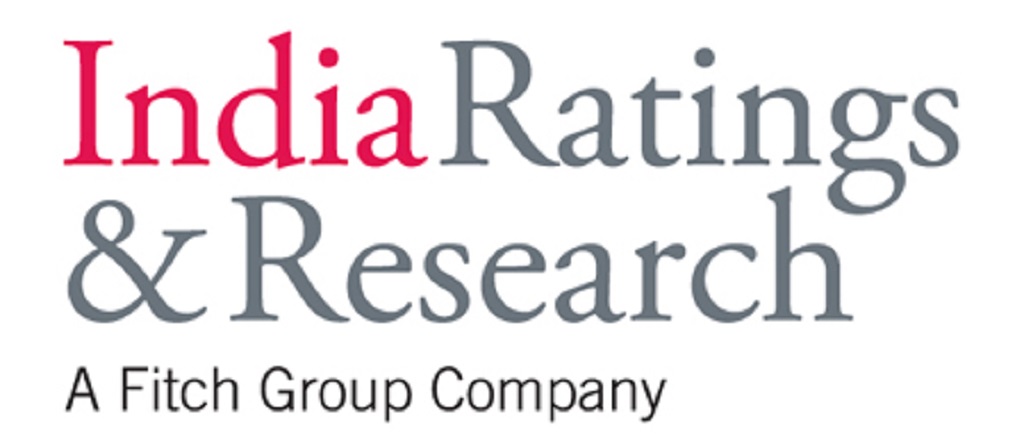Ind-Ra-Mumbai-1 February 2016: India Ratings and Research (Ind-Ra) has maintained a stable outlook on the auto industry for FY17. This is based on the resilient financial profiles of industry players, likely sustained growth in car demand, bottoming out of the sales decline in light commercial vehicles and continued growth in medium heavy commercial vehicles (MHCV) although at a lower rate than seen in FY16. The stable outlook is also supported by the improved profitability and higher cash flows of original equipment manufacturers (OEMs) on the back of low commodity prices.
The passenger vehicle segment is likely to post domestic volume growth of 6%-9% yoy in FY17 driven primarily by the car segment (8%-10%) with lower sales volume growth to be exhibited by utility vehicles (2%-5%). Reduced cost of ownership as reflected in moderating fuel prices and interest costs on auto loans would be the key growth driver according to the agency. Utility vehicles’ volume growth would be driven by the launch of competitively priced compact models in FY16 in petrol and diesel variants. Declining fuel costs would continue to drive preference for petrol vehicles over diesel considering the low price of petrol variants.
The commercial vehicle (CV) segment is likely to display 5%-10% yoy volume growth in FY17 supported by moderation in MHCVs’ volume growth to 12%-15% levels (around 19% likely for FY16). Key driver for segment growth would be demand for high tonnage vehicles as fleet owners seek to minimise their per ton transportation cost by taking advantage of improved road infrastructure in the country, particularly along the Golden Quadrilateral. The tapering off of growth in MHCV volumes would be on account of depletion of pent up replacement demand (witnessed in the past 18 months) and higher volumes clocked prior to 30 September 2015. This was on account of pre-emptive purchases considering the price increases due to the mandatory fitment of additional safety features in CVs.
The volume decline in the light commercial vehicles segment (17.7% in FY14, 11.5% in FY15) appears to be bottoming out in FY16 (4.1% decline in April to December 2015). Also, the agency believes that this segment would register moderate growth of 0%-5% in FY17 led by demand for last mile transportation from the fast growing e-tailing sector.
Motorcycles are likely to exhibit yoy volume growth between negative 2% to 2%, with rural demand (dependent to an extent on adequacy of rainfall) key to achieving expansion in volumes. Even in the event of a favourable monsoon, the growth rate would be moderate on account of a high volume base (10.7 million in FY15). Although scooters would continue to show high volume growth backed by urban-centric demand, the growth rate would moderate to 9%-11% in FY17 (10%-13% likely in FY16, 25.1% in FY15) due to a large volume base (4.5 million in FY15).
In Ind-Ra’s assessment, the sharp decline in commodity prices has not translated into a commensurate increase in operating margins for most OEMs as they were forced to offer large discounts to boost sales. Those with dominant positions would continue to benefit more from low steel and aluminium prices given the lower discounts offered. The agency feels that the financial profiles of most industry players are resilient considering that the median net leverage (net debt/EBITDA) of its sample set of 11 listed auto companies for FY15 is less than 0 due to net cash positions. Median FY15 EBITDA interest coverage of this sample set was 15x.
The agency estimates that the FY15 capacity utilisation in PVs was around 57% of the estimated capacity of 5.6 million per annum. It expects capacity addition of around 970,000 units over FY16 and FY17, due to which utilisation in FY17 will remain low at 55%-61%, despite the volume recovery in these years. For CVs, Ind-Ra does not expect additions to industry capacity over FY16-FY17, and estimates that capacity utilisation would be 53%-55% in FY17 of the assessed segment capacity of around 1.4 million per annum based on its projected growth rates.
Ind-Ra feels that road rationing regulations if extended to cities outside the National Capital Region, and car pooling mobile applications could pose long-term risks for industry expansion. The migration of emission standards directly to Bharat Stage VI from Bharat Stage IV and the advancement of implementation date of Bharat Stage VI norms to April 2020 (from April 2021) would cause an increase in development and testing expenses for OEMs in the intervening period. The higher cost of implementing emission control technologies in diesel vehicles could influence a greater number of buyers to opt for petrol vehicles.
OUTLOOK SENSITIVITIES
Positive Outlook Unlikely: Given the structural issues of overcapacity and intensifying competition, Ind-Ra does not envisage a positive outlook revision in the event of a modest revival in sales. However, curtailment or postponement of planned capacity addition coupled with sales volumes higher than the agency’s expectations could have a positive impact on the credit profile of the sector.
Weak Demand, External Shock: If the sales revival for PVs and CVs witnessed thus far in FY16 does not continue into FY17 due to a muted economic activity or otherwise, it could have a negative impact on the sector outlook.
Additionally, any external shock pressuring the rupee and a subsequent spurt in the interest rate may have a moderating impact on the economy. This may affect the volumes as well as the credit profiles of corporates in the sector.
Please click below link to view the entire report:
